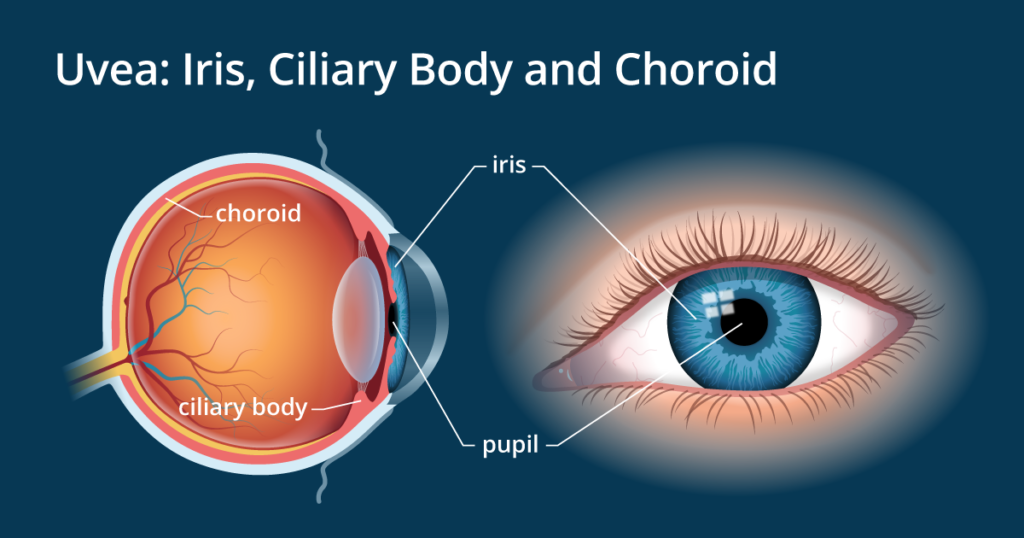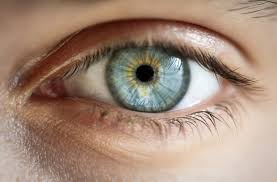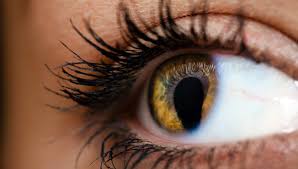
The iris is the colored part of your eye that controls the size of your pupil. The iris is comprised of connective tissue and muscle, surrounding the pupil. A healthy iris is a key component of healthy vision. For more information about the iris, continue reading below.
Table Of Contents:
At Louisiana Eye & Laser, we’re happy to help you ensure clear and healthy vision by offering eye exams and treatments. Just click, call or stop by any of our 14 convenient locations to schedule an appointment.
What is the Iris?
The iris, along with the ciliary body and the choroid, is one of three parts of the uvea, which is the middle layer of the eyeball. Specifically, the function of the iris is to control the size of the pupil, which determines how much light enters your eyeball. The iris actually has muscles that allow the pupil to widen and constrict. In bright light, the muscles of the iris work to constrict the pupil, while in dim light, the iris causes the pupil to expand. The iris also has pigmentation. The amount of pigment in your iris is what determines the color of your eyes.

Conditions involving the Iris
There are a range of conditions within the uvea that directly involve or may affect the iris. While some diseases may have obvious symptoms, others may only be detected in an eye exam. Here are a few common conditions involving the iris:
Iritis (or uveitis)
Uveitis is an inflammation of the uvea. When uveitis is confined exclusively to the iris, it is known as iritis. There are many potential causes of this condition. It is typified by light sensitivity, redness, pain, and decreased visual acuity. Depending upon the patient and the severity, iritis may be treated with eye drops, oral medication, immunosuppressive therapy or even surgery.
Synechia
Synechia is a condition in which parts of the iris stick to the back surface of the cornea or the front of the lens. This may be the result of trauma to the eye, iritis or other causes. If untreated, synechia can lead to glaucoma. In patients with synechia, the pupil may take an abnormal shape when dilated. Treatment may vary, depending on the underlying causes, but typically involves a topical medication.
Iris coloboma
Iris coloboma is a congenital disorder in which individuals have a misshapen pupil. This is a direct result of the iris lacking a portion of tissue. In addition to a “keyhole” appearance of the pupil, symptoms are generally limited to blurred vision, double vision and decreased visual acuity. Patients with symptoms are typically able to wear corrective contact lenses to decrease visual symptoms and/or hide the appearance of the pupil.

Iris melanoma
This is a cancerous growth within the iris. Uveal melanomas (cancerous growth within the uvea, including the iris) are the most common type of cancer in the eye. The tumors develop in pigment cells and can metastasize to other parts of the body. Treatment options may vary depending upon the patient and the progression of the disease.
Iris nevus
Iris nevus is another way of saying a freckle on your iris. Normally, an iris nevus is a harmless condition. If you have a freckle that appears to be increasing in size, you should see us immediately, as an iris nevus can sometimes become a malignant growth.

Visit Louisiana Eye & Laser!
The iris is one of the most unique parts of your body. At Louisiana Eye & Laser, we’ll help you make sure your unique eyes and vision are healthy. With more than 40 years of experience, we’ve treated countless patients with iris disorders. Whether you have symptoms of an iris disorder or if it’s just been a while since your last exam, our experts are here to help! Click, call or stop by one of our offices to schedule an eye exam today.




